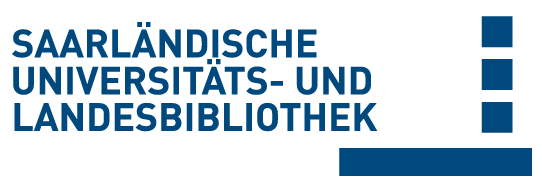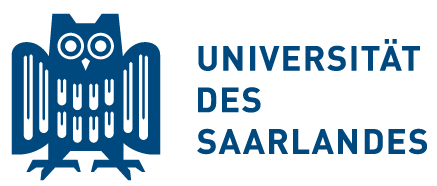Bitte benutzen Sie diese Referenz, um auf diese Ressource zu verweisen:
doi:10.22028/D291-45464 | Titel: | Simulation of a Custom-Made Temporomandibular Joint—An Academic View on an Industrial Workflow |
| VerfasserIn: | Andres, Annchristin Wickert, Kerstin Gneiting, Elena Binmoeller, Franziska Diebels, Stefan Roland, Michael |
| Sprache: | Englisch |
| Titel: | Bioengineering |
| Bandnummer: | 12 |
| Heft: | 5 |
| Verlag/Plattform: | MDPI |
| Erscheinungsjahr: | 2025 |
| Freie Schlagwörter: | temporomandibular joint replacement finite element analysis biomechanics custom-made prothesis experimental prothesis testing patient-specific model generation |
| DDC-Sachgruppe: | 500 Naturwissenschaften |
| Dokumenttyp: | Journalartikel / Zeitschriftenartikel |
| Abstract: | Temporomandibular joint replacement is a critical intervention for severe temporomandibular joint disorders, enhancing pain levels, jaw function and overall quality of life. In this study, we compare two finite element method-based simulation workflows from both academic and industrial perspectives, focusing on a patient-specific case involving a custom-made temporomandibular joint prosthesis. Using computed tomography data and computer-aided design data, we generated different 3D models and performed mechanical testing, including wear and static compression tests. Our results indicate that the academic workflow, which is retrospective, purely image-based and applied post-operatively, produced peak stress values within 9–20% of those obtained from the industrial workflow. The industrial workflow is prospective, pre-operative, computer-aided design-based and guided by stringent regulatory standards and approval protocols. Observed differences between workflows were attributed primarily to distinct modelling assumptions, simplifications and constraints inherent in each method. To explicitly quantify these differences, multiple additional models were generated within the academic workflow using partial data from the industrial process, revealing specific sources of variation in stress distribution and implant performance. The findings underscore the potential of patient-specific simulations not only to refine temporomandibular joint prosthesis design and enhance patient outcomes, but also to highlight the interplay between academic research methodologies and industrial standards in the development of medical devices. |
| DOI der Erstveröffentlichung: | 10.3390/bioengineering12050545 |
| URL der Erstveröffentlichung: | https://doi.org/10.3390/bioengineering12050545 |
| Link zu diesem Datensatz: | urn:nbn:de:bsz:291--ds-454646 hdl:20.500.11880/40052 http://dx.doi.org/10.22028/D291-45464 |
| ISSN: | 2306-5354 |
| Datum des Eintrags: | 28-Mai-2025 |
| Fakultät: | NT - Naturwissenschaftlich- Technische Fakultät |
| Fachrichtung: | NT - Materialwissenschaft und Werkstofftechnik |
| Professur: | NT - Prof. Dr. Stefan Diebels |
| Sammlung: | SciDok - Der Wissenschaftsserver der Universität des Saarlandes |
Dateien zu diesem Datensatz:
| Datei | Beschreibung | Größe | Format | |
|---|---|---|---|---|
| bioengineering-12-00545.pdf | 4,99 MB | Adobe PDF | Öffnen/Anzeigen |
Diese Ressource wurde unter folgender Copyright-Bestimmung veröffentlicht: Lizenz von Creative Commons


